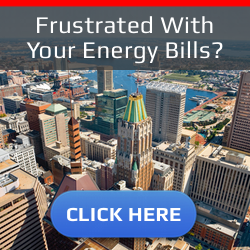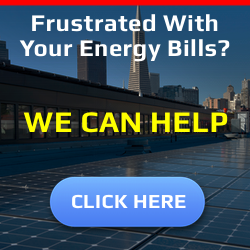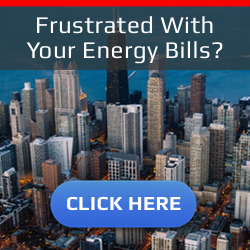- Zoox, the autonomous vehicle startup owned by Amazon, has opened a serial production facility in the San Francisco Bay Area.
- The facility will help Zoox grow its robotaxi fleet, eventually producing 10,000 vehicles a year once it’s at full scale.
- Zoox is gearing up to start public rides in Las Vegas later this year, with San Francisco to follow.
Amazon-owned autonomous vehicle startup Zoox on Wednesday opened a sprawling new manufacturing facility in the San Francisco Bay Area, paving the way for more robotaxi production as it plans a commercial rollout of its fleet later this year.
The company will use the site in Hayward, California, to increase its robotaxi fleet significantly. The facility is currently producing one robotaxi per day, but Zoox said it expects to accelerate that rate over the coming year.
At full scale, it will have the capacity to assemble 10,000 robotaxis a year, with roughly three robotaxis being produced per hour, the company said. Zoox did not provide a timeline for reaching that production level.
“We don’t need to crank out a vehicle every minute because we’re not selling these things,” Zoox CEO Aicha Evans said on the facility’s production floor during a tour.
Zoox needs more of its toaster-shaped robotaxis to roll off the assembly line in order to fulfill its mission of deploying a commercial ride-hailing service in the U.S. Zoox, founded 11 years ago and purchased by Amazon for $1.3 billion in 2020, began testing its robotaxis on public roads in 2023.
The company currently has a few dozen robotaxis on public roads in Foster City, California, San Francisco and Las Vegas. Zoox expects to eventually operate between 500 and 1,000 robotaxis in small- to medium-sized cities where it offers ride-hailing services, Evans said.
The competition
Zoox is racing to catch up to Alphabet‘s Waymo, which operates the only fully public driverless ride-hailing service in the U.S. Waymo has aggressively expanded into new U.S. markets in recent years, and provides more than 250,000 paid trips each week across Phoenix, San Francisco, Los Angeles and Austin, Texas.
Evans said Zoox is “very proud” of Waymo’s progress, adding that it helps validate the work that Zoox and others are doing to deploy an autonomous ride-hailing service.
Elon Musk’s Tesla is poised to launch its robotaxi service in Austin on June 22, though Musk cautioned that date could shift as the company is “being super paranoid about safety.”
Zoox is gearing up to launch public rides in Las Vegas, its first commercial market, later this year. San Francisco is expected to follow in 2026, with additional locations in Austin and Miami coming in the next few years.
Similar to other rideshare services such as Uber and Lyft, Zoox riders will be able to hail a robotaxi via an app.
Ramping up production
Unlike Waymo, which uses Geely Zeekr minivans, Zoox has developed its own custom-built “carriage-style” vehicles, where up to four passengers face each other and there’s no steering wheel. Evans called the robotaxis “high-end computers on wheels.”
Zoox CTO Jesse Levinson has said previously that the cost of developing Zoox’s bespoke robotaxis is “significant.” The cost of each vehicle should come down as Zoox scales up its fleet, Levinson said during the tour.
Zoox said the new facility, spanning roughly 3.5 football fields, is the first site “dedicated solely to producing purpose-built robotaxis” in the U.S., a well-timed move given President Donald Trump‘s aggressive tariff policies. The facility was occupied by bus manufacturer Gillig prior to Zoox’s arrival.
About half of the company’s suppliers are based in the U.S., but it also sources some parts from countries including China and Italy.
Zoox may open additional manufacturing facilities elsewhere in the U.S. and internationally over time, Evans said.
The facility is located just across the bay from Zoox’s headquarters in Foster City, California. The company also operates a small manufacturing facility in Fremont, California, which will now be used to assemble its test fleet of retrofitted Toyota SUVs and to configure the sensor pods that sit atop its robotaxis, enabling them to see in all directions.
The Hayward facility currently employs about 100 technicians. Zoox also uses robots for specific tasks on the floor like applying adhesive for glass installation and transporting the robotaxi from station to station down the assembly line.
Once the vehicle is assembled, it goes through end-of-line testing. This includes a calibration bay to ensure all cameras and sensors work properly, a station that stress tests the powertrain at high speeds and then the vehicle takes a “shower” in a simulated rainstorm to check for any leaks.
The robotaxis take several laps around a test track located behind the facility before they’re considered “fit for the road,” Zoox said.
Zoox has ramped up marketing as it prepares to open its service to the public.
“Because the vehicle looks so different, we need to announce ourselves,” Evans said.













